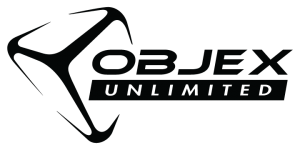Using a 3D Prototype in Toronto: An Innovation in Product Development
 Companies are constantly looking for new and innovative ways to improve their production and performance, either to control expenditure or to satisfy their clients in a more efficient way. These goals have led to the improvement and use of different kinds of technology. 3D printing, for instance, is an old method that has become available to more users for the past few years. The technology has been developed and refined only recently, making it more affordable for companies to apply it in their production processes.
Companies are constantly looking for new and innovative ways to improve their production and performance, either to control expenditure or to satisfy their clients in a more efficient way. These goals have led to the improvement and use of different kinds of technology. 3D printing, for instance, is an old method that has become available to more users for the past few years. The technology has been developed and refined only recently, making it more affordable for companies to apply it in their production processes.
In Toronto, 3D printing is seen a useful solution for businesses that need a more accurate presentation and analysis of proposals in the product development stage. R&D personnel only need to present their Toronto prototype so the management can have a concrete basis to make a more informed decision on whether a full-blown production is beneficial. There are several variations of this technology and an Economist.com article explains some of them in detail:
One of the most popular techniques is fused deposition modelling (FDM), which is akin to a computer-controlled glue gun… A heated nozzle extrudes a filament of thermoplastic, which sets as it cools. Multiple heads can extrude different colours. FDM is the mechanism used in many of the small 3D printers used by hobbyists…
The process begins with “software that takes a series of digital slices through a computer model of an object.” Converting this 3D computer model into a concrete object is referred to as rapid prototyping and is so advanced that it can be used in various applications, even in food. Moreover, there is “[a]n alternative process [that] melts a metallic powder as it is deposited. This can be used to repair worn parts, such as turbine blades.”
Businesses and individuals who do not have a 3D printer at hand can still benefit from this technology with the help of companies that offer rapid prototyping in Toronto. Some even offer 3D scanning and wax printing, enabling clients to select which service best suits their needs. With a detailed prototype created with an advanced technology, companies will be able to improve their products while saving valuable time and money.
(Info from How 3D printers work, The Economist, Published September 7, 2013)

